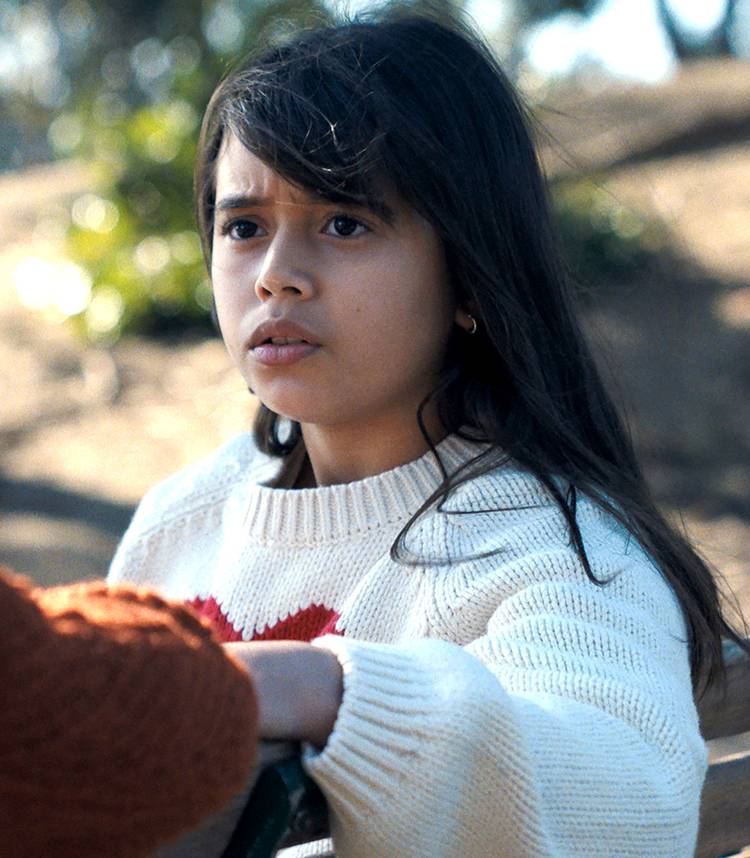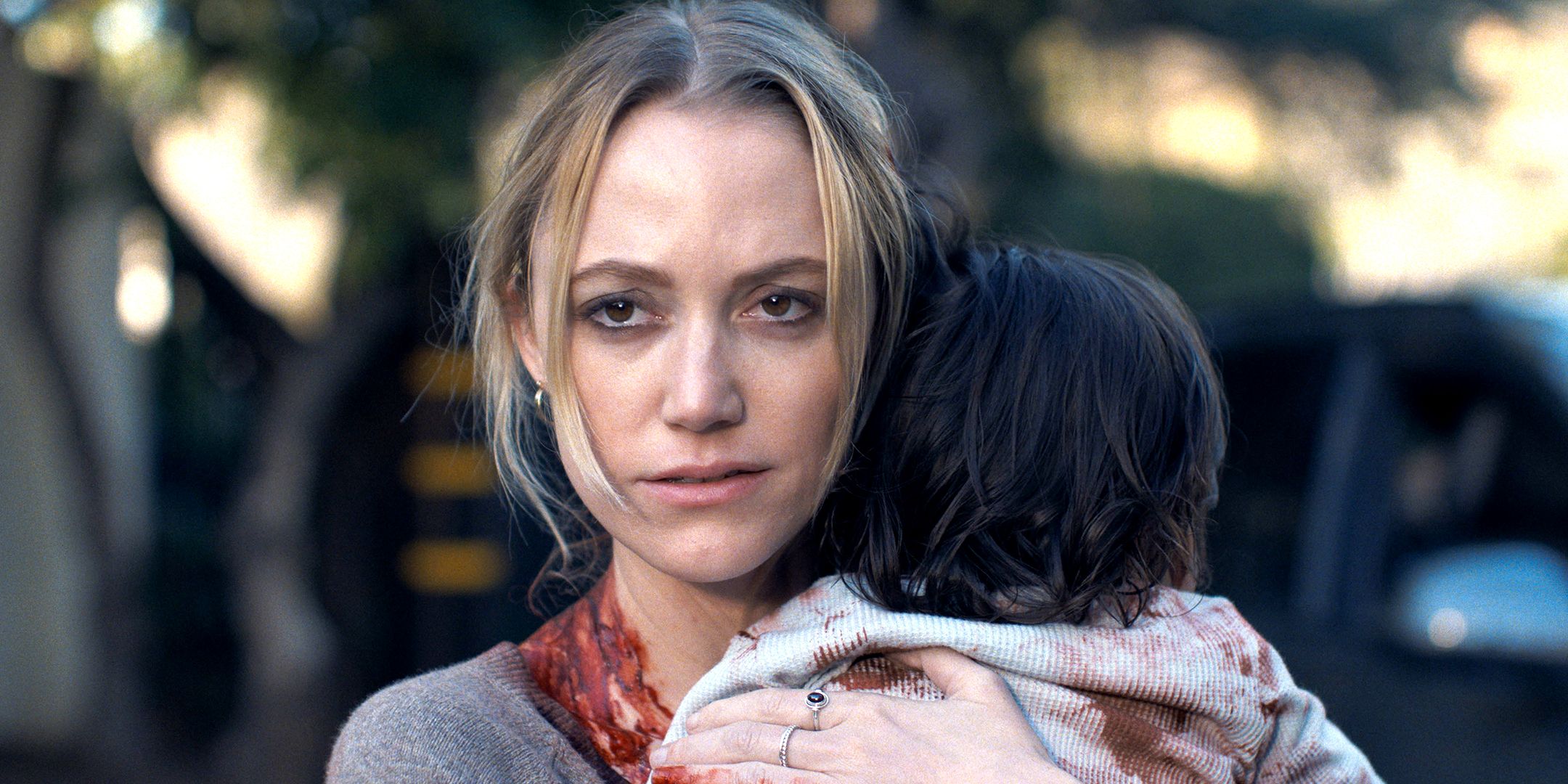
Be warned, this contains spoilers for the movie The Hand That Rocks the Cradle! The classic thriller has been updated for today’s viewers and features a more nuanced ending than the original. Starring Mary Elizabeth Winstead and Maika Monroe, the story follows lawyer Caitlin Morales, who hires Polly Murphy as a nanny after having her second child. Unbeknownst to Caitlin, Polly has a hidden agenda to create chaos within her seemingly perfect family.
In the end, The Hand That Rocks the Cradle reveals the truth about Polly: Caitlin’s father had abused her as a child. He tried to discredit Caitlin, but Winstead’s character killed him in retaliation, tragically also causing the deaths of Polly’s entire family. A final confrontation left Caitlin stabbed, but she managed to briefly restrain Polly. Polly then tried to escape with her baby, driving away in her car, but crashed after a struggle with Caitlin, resulting in her death.
Before the film came out, Joe Deckelmeier spoke with Maika Monroe, Mary Elizabeth Winstead, and Mileiah Vega about the movie The Hand That Rocks the Cradle. When asked about the ending – which she described as “really blurring the lines between victim and villain” – Mary Elizabeth Winstead explained that the climax isn’t a victory for either Caitlin or Polly, and she grew to appreciate that about it.
Winstead explained that her character, Caitlin, had spent much of her life suppressing her trauma and attempting to move forward without truly addressing it. Because of this, the Caitlin we see in the remake is essentially a new personality, a way she’s rebuilt herself, rather than the original child. However, Winstead also emphasized that you can’t truly escape from a traumatic past.
Polly’s presence sparked all the drama in the movie, but ultimately, Caitlin needed to rediscover who she really was. By the end, she’s stripped of everything else, and there’s a sense of freedom in that, even though it’s heartbreaking how things unfolded.
Even though Caitlin defeats and kills Polly at the end of the movie, Winstead doesn’t view it as a classic, satisfying victory. She believes the ending is more about Caitlin finally being able to live authentically, and hopes this will allow her to find happiness in the future.
Monroe believed that truly loving the character was crucial, allowing her to portray Polly as more than just a typical villain. This connection enabled her to understand Polly’s actions and motivations without judgment, and she hoped audiences would feel some sympathy for her and gain a little insight into the source of her anger.
Stepping into the role felt less like creating and more like uncovering something that was already there, beautifully laid out in the script. I spent a lot of time talking with director Michelle Garza Cevera about her own upbringing – we really dug into how childhood trauma can show up in different ways, and it was incredibly insightful.
Everything Else We Learned About The Hand That Rocks The Cradle From The Cast
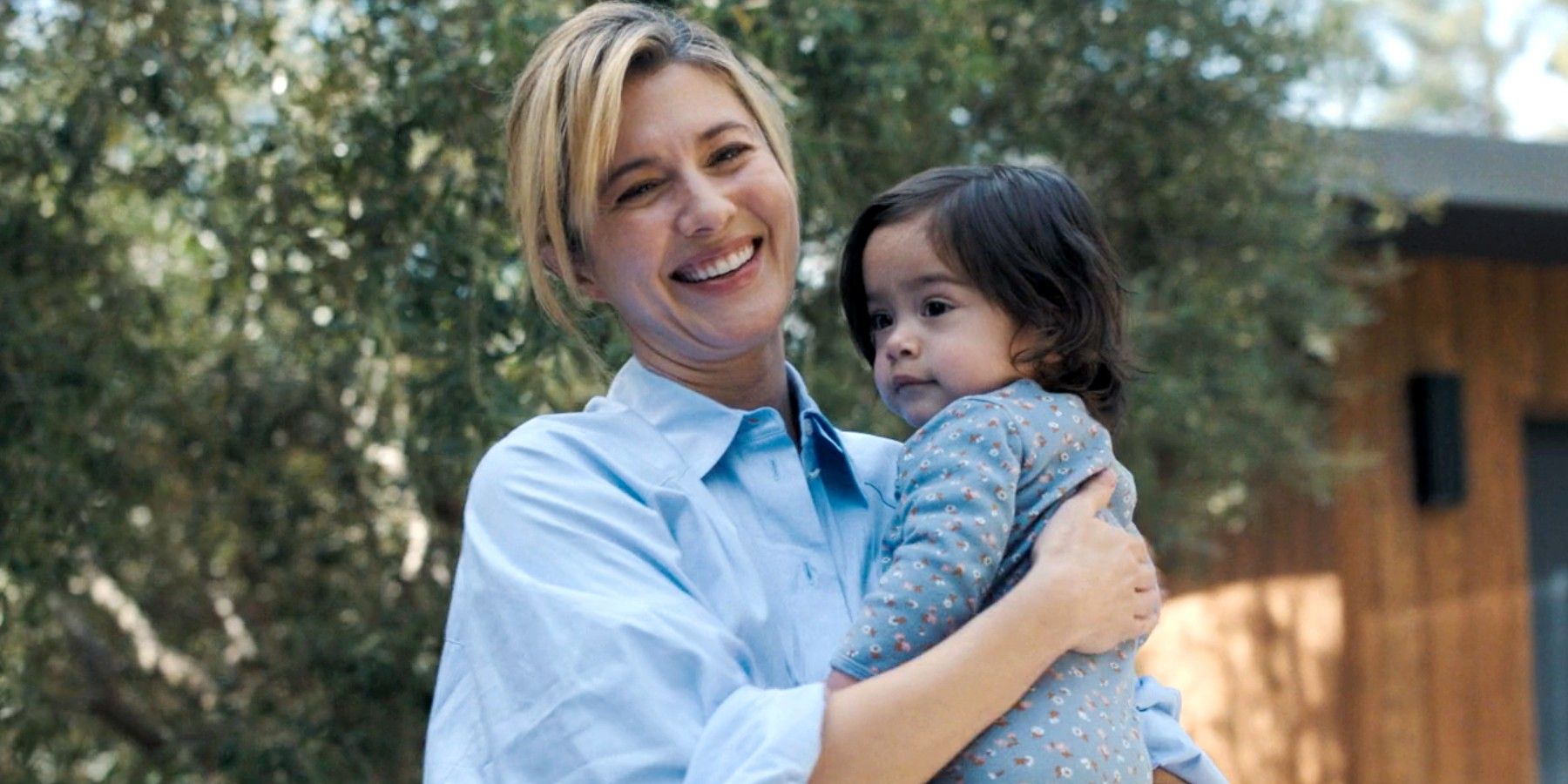
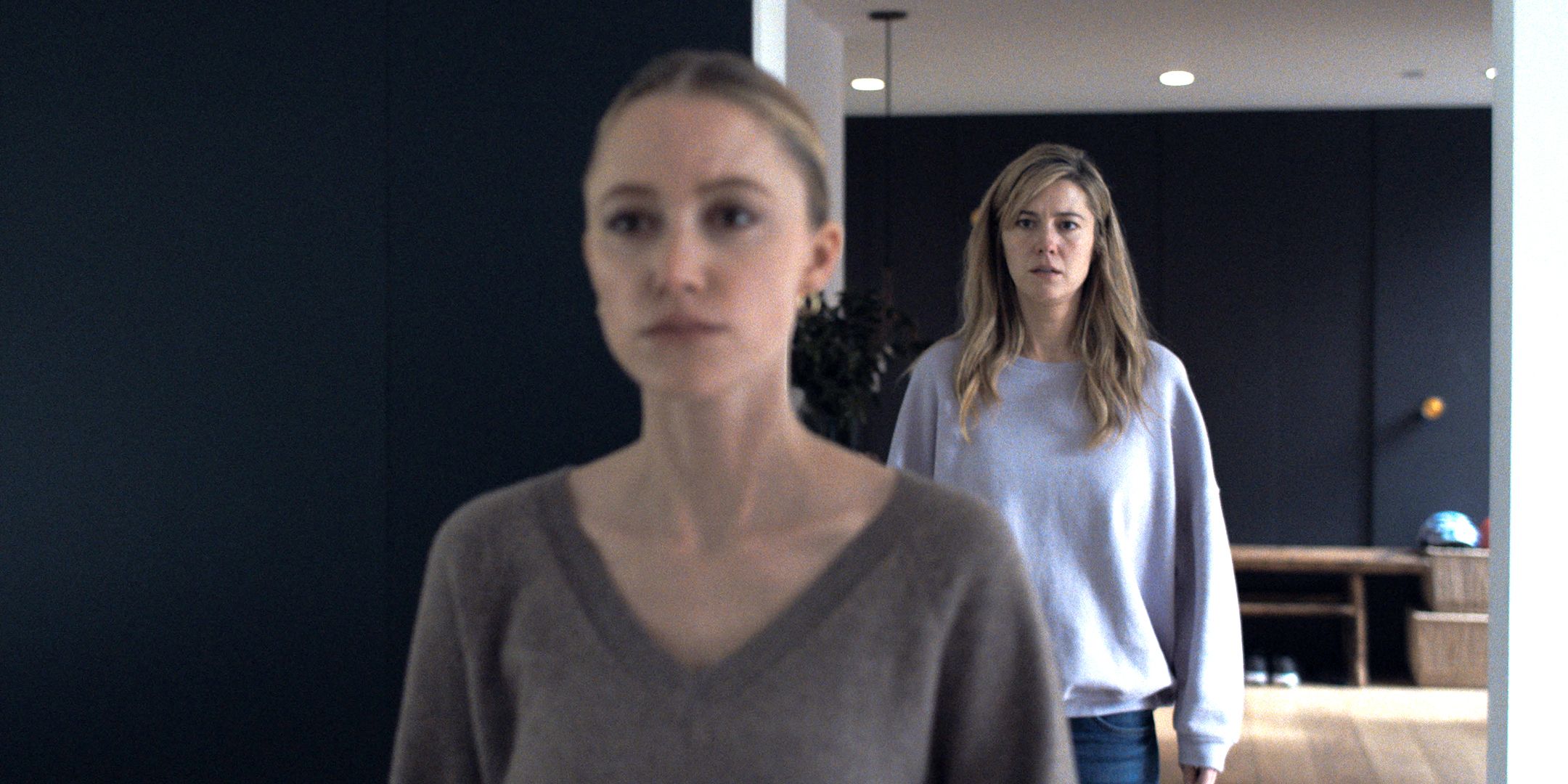
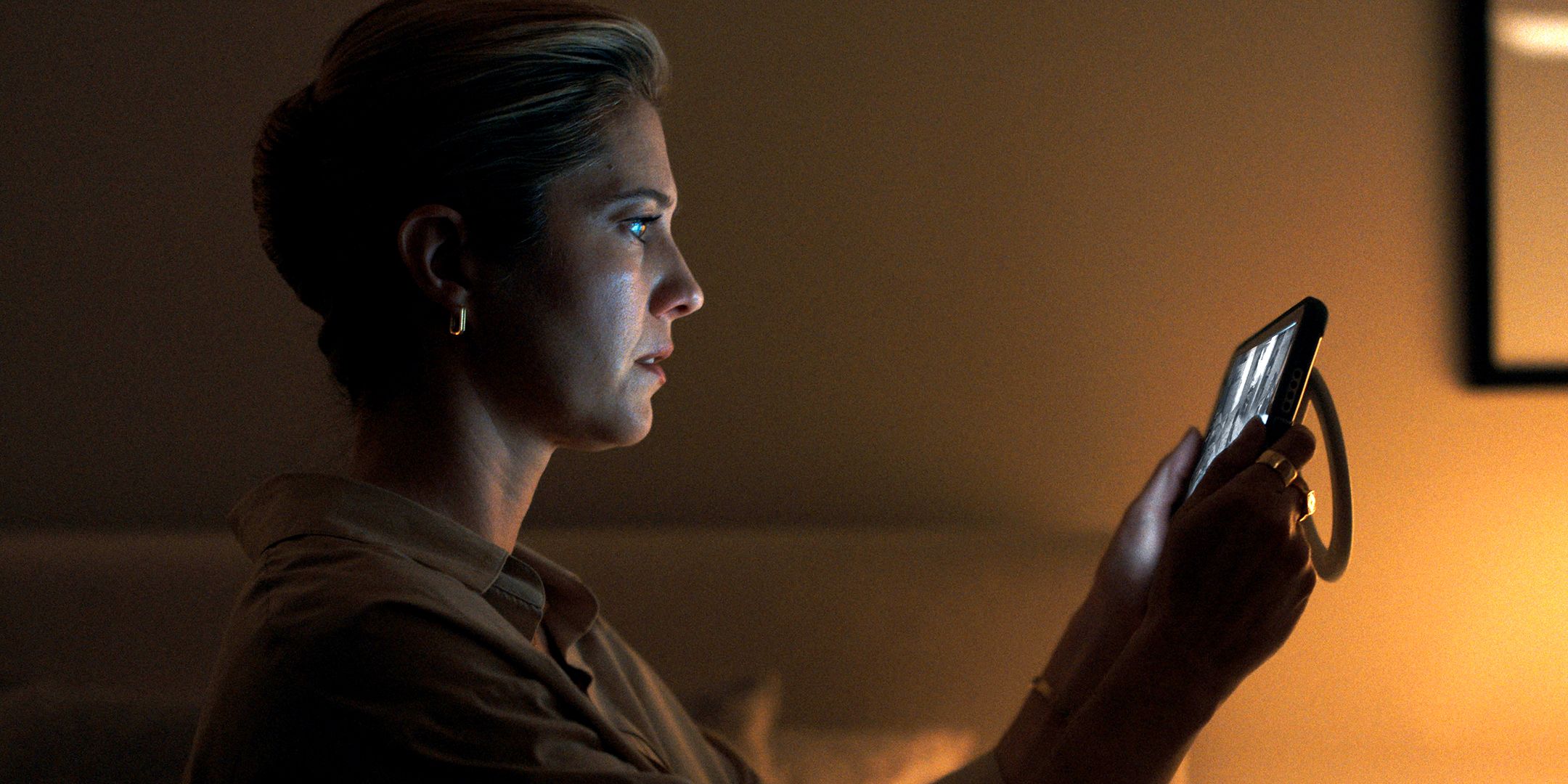
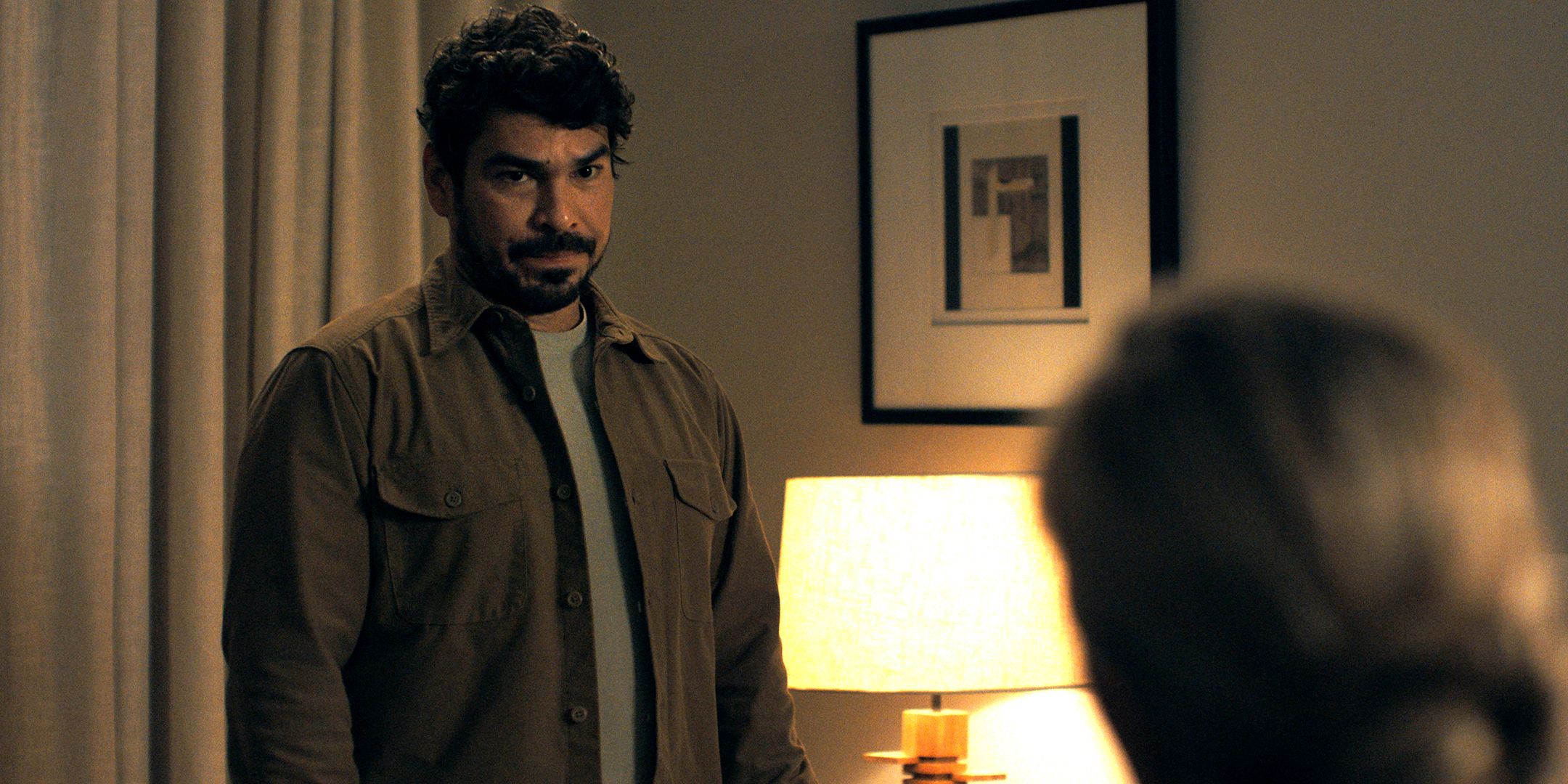
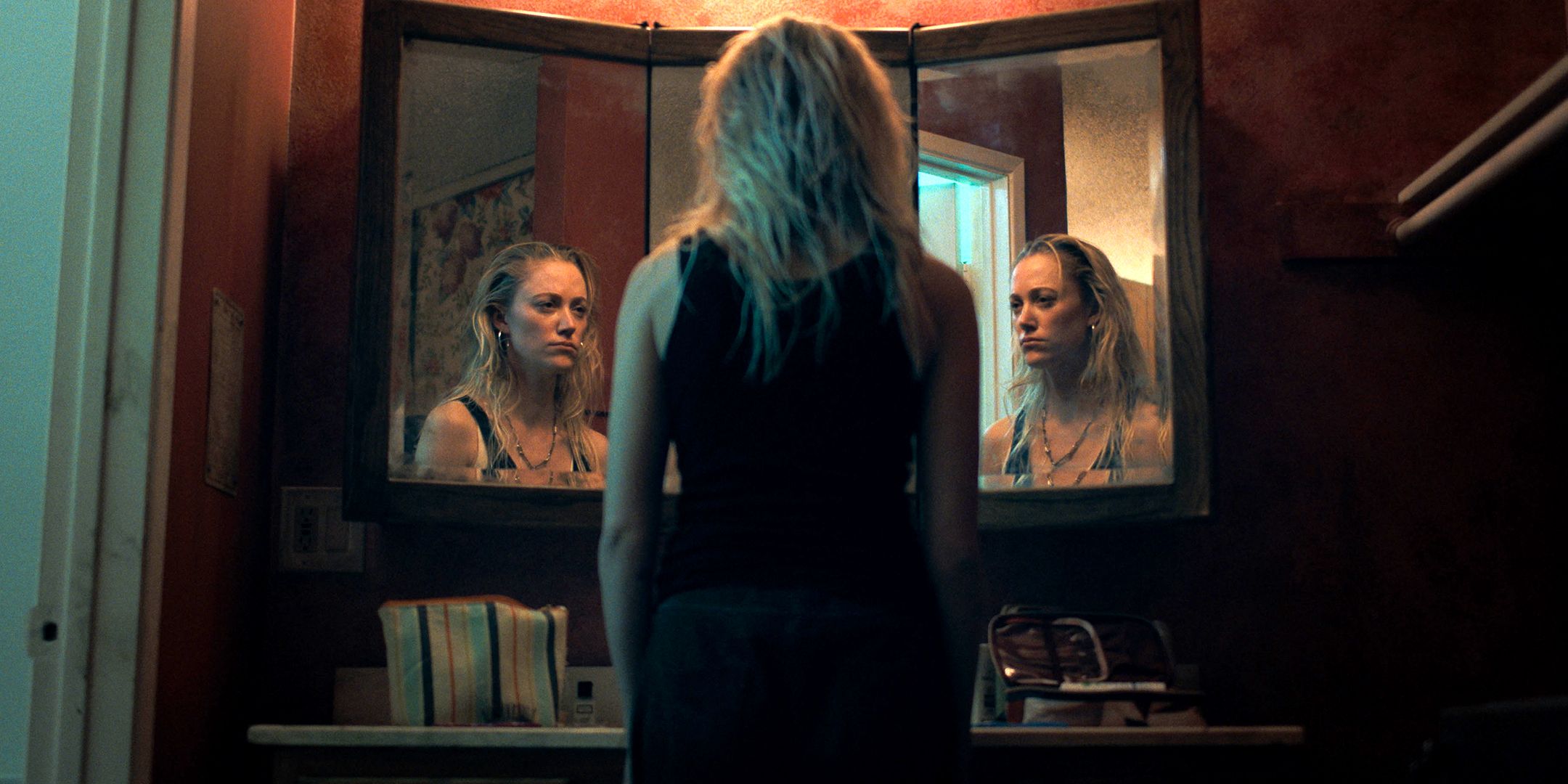
ScreenRant started by praising the film The Hand That Rocks the Cradle, noting its ability to take a classic ’90s thriller and make it feel realistic and psychologically complex. They then asked the filmmakers what drew them to the idea that fear can actually be found within seemingly perfect families.
Maika Monroe loves horror films, and she finds the most frightening ones aren’t necessarily gory or graphic. For her, true horror comes from things that feel realistic and stay with you long after the movie ends – the kind of things that make you uneasy when you’re trying to sleep. She believes this film is particularly effective because it feels so realistic, which is what makes it truly haunting and disturbing.
Absolutely. When you really connect with characters and they feel authentic, it allows the audience to experience their emotions – their fear, their anxiety – and truly feel like they’re on this frightening journey with them. That’s what we were aiming for.
ScreenRant asked Caitlin, the actress, about her character, Mary, describing her as a woman who appears strong and capable on the outside but is secretly struggling with a lot of stress and emotional pain. They wanted to know how she and the writer, Michelle Garza Cervera, collaborated to show Mary’s inner vulnerability and avoid making her seem like a stereotypical character.
Mary Elizabeth Winstead really enjoyed working with Michelle and diving deep into her character, Caitlin. She loved exploring Caitlin’s complex history and the contrast between who she appears to be and who she truly is. Winstead especially loves playing characters with hidden depths, gradually revealing their true selves – it’s a challenging and enjoyable part of acting for her. Having such a talented cast made the whole process seamless and fun; everyone brought their A-game, and it just clicked.
ScreenRant asked Mileiah, “This movie is really scary! What drew you to this psychological thriller, and what was it like taking on this role at a young age?”
I’m a big fan of thriller movies, so being in one is incredible! This is my first major film, and the whole experience has been fantastic. It’s funny, actually – I went through tons of auditions and callbacks, and then I found out I got the part while I was just at home drawing. My mom came in, handed me the phone while she was talking to Ms. Michelle, and Ms. Michelle told me I got the role! I immediately burst into tears – it was such an amazing moment!
I really admire Michelle Garza Cervera’s ability to craft such emotionally resonant horror. Working with her, I found she was incredible at helping me tap into those feelings for the more challenging and intense moments in the film. She really guided me to find the emotional core of those scenes.
Working with her was fantastic – she really helped me with those scenes by giving me some great acting advice. She suggested things to think about that genuinely made a difference. She also told me it was okay to ask for a short break whenever things felt overwhelming, which was incredibly helpful. It allowed me to step away, calm down, and then come back refreshed.
I remember ScreenRant asking me about playing Emma, and how her personality shifted. It was really interesting because she begins as this bubbly, optimistic person, but then Polly comes along and everything changes. As a young actor, the biggest challenge was figuring out how to portray that withdrawal – how to show her slowly closing off and becoming more reserved. It really pushed me to explore a different emotional range.
It was fun switching between different emotions for the role, but it was tricky because we didn’t film the scenes in sequence. One day I’d be playing a really happy moment, and the next I’d have to be very sad. It was definitely a challenge, but I think it made me a better actress. My acting coach, Ms. Kimberly, was great and helped me really understand what my character, Emma, was thinking and feeling in each scene. It takes effort to switch back and forth – I can relax and be myself when the director calls ‘cut,’ but I need to quickly get back into character as Emma before we start filming again.
ScreenRant asked Michelle about how she identified shared qualities between her character and Emma, and how she used those connections to shape her performance.
Mileiah Vega wanted to bring her own personality into the character of Emma. When she and the director, Michelle, met for auditions, they discussed making Emma more like Mileiah so she’d feel more comfortable playing the role. For example, because Mileiah likes the color green, they made it Emma’s favorite color. And since Mileiah plays the piano, you can see a piano in Emma’s room in one scene.
ScreenRant asked if your co-stars, Mary Elizabeth Winstead and Raul Castillo, who played your parents in the show, offered you any guidance while filming.
Working with the cast on my first major film was a fantastic experience. It was amazing to be around such well-known actors, and they were incredibly helpful, offering me a lot of great advice that I really enjoyed.
In the movie, Maika Monroe’s character, Polly, has a difficult connection with Emma. ScreenRant asked Monroe about the experience of filming those emotionally charged scenes with her co-star.
Filming those scenes with Maika was a lot of fun, and we really bonded over them. It was great to rehearse together and feel a connection to the material. Surprisingly, my favorite scene didn’t make it into the final cut – though you can see a bit of it in the trailer! It’s the one where Polly and Emma are on a park bench discussing what it means to be depressed, and Emma asks if something is wrong with her mom. We filmed it on a huge hill with a view of Yankee Stadium, which was amazing. Even just chatting between takes, with a birthday party happening nearby, was really enjoyable. We had a really good time overall.
ScreenRant asked about the film’s themes of family, trust, and fear, and also wanted to know what the cast learned about acting or working together while making it.
I hadn’t worked on a project that lasted this long before, so I realized how important it is to connect with the other actors and get comfortable around them. Getting to know them both on and off camera really improved my performance.
ScreenRant asked, “While watching the finished movie, were there any moments that felt scarier than they did when we were actually filming them?”
I loved the scene with the fireworks! It was a lot of fun to film, although I remember feeling really stressed during filming because everything moved so quickly. But watching it back, it was amazing!
I’ve been lucky enough to work on shows like Queen of the South and American Horror Stories. Honestly, I really enjoy being involved with suspenseful and scary stories, but I’m also definitely open to exploring completely different genres in my next role – a good change of pace would be fantastic!
I really enjoy working on horror projects, and I had a great time with American Horror Stories and the whole cast and crew. However, I’m also eager to explore different types of roles and films that aren’t necessarily scary. Surprisingly, I found the less intense, non-horror scenes really enjoyable too, but I still have a strong passion for the horror genre.
ScreenRant: What’s one thing you’ll always remember from working on The Hand That Rocks the Cradle?
In the movie, my little sister’s character was named Josie. When she wasn’t available for certain scenes, we used a life-sized doll called “Silicone Josie” as a stand-in. It was actually a little spooky! It became a running joke on set, and everyone would jokingly greet each other by saying, “Silicone Josie!” Someone even made shirts with “Silicone Josie” on them, complete with fake tour dates on the back – we all joked it sounded like a rock band’s name.
Read More
- Mobile Legends: Bang Bang (MLBB) Sora Guide: Best Build, Emblem and Gameplay Tips
- Clash Royale Best Boss Bandit Champion decks
- Best Hero Card Decks in Clash Royale
- All Brawl Stars Brawliday Rewards For 2025
- Best Arena 9 Decks in Clast Royale
- Brawl Stars December 2025 Brawl Talk: Two New Brawlers, Buffie, Vault, New Skins, Game Modes, and more
- Vampire’s Fall 2 redeem codes and how to use them (June 2025)
- Clash Royale Witch Evolution best decks guide
- Clash Royale Furnace Evolution best decks guide
- Clash of Clans Meltdown Mayhem December 2025 Event: Overview, Rewards, and more
2025-10-22 22:33
